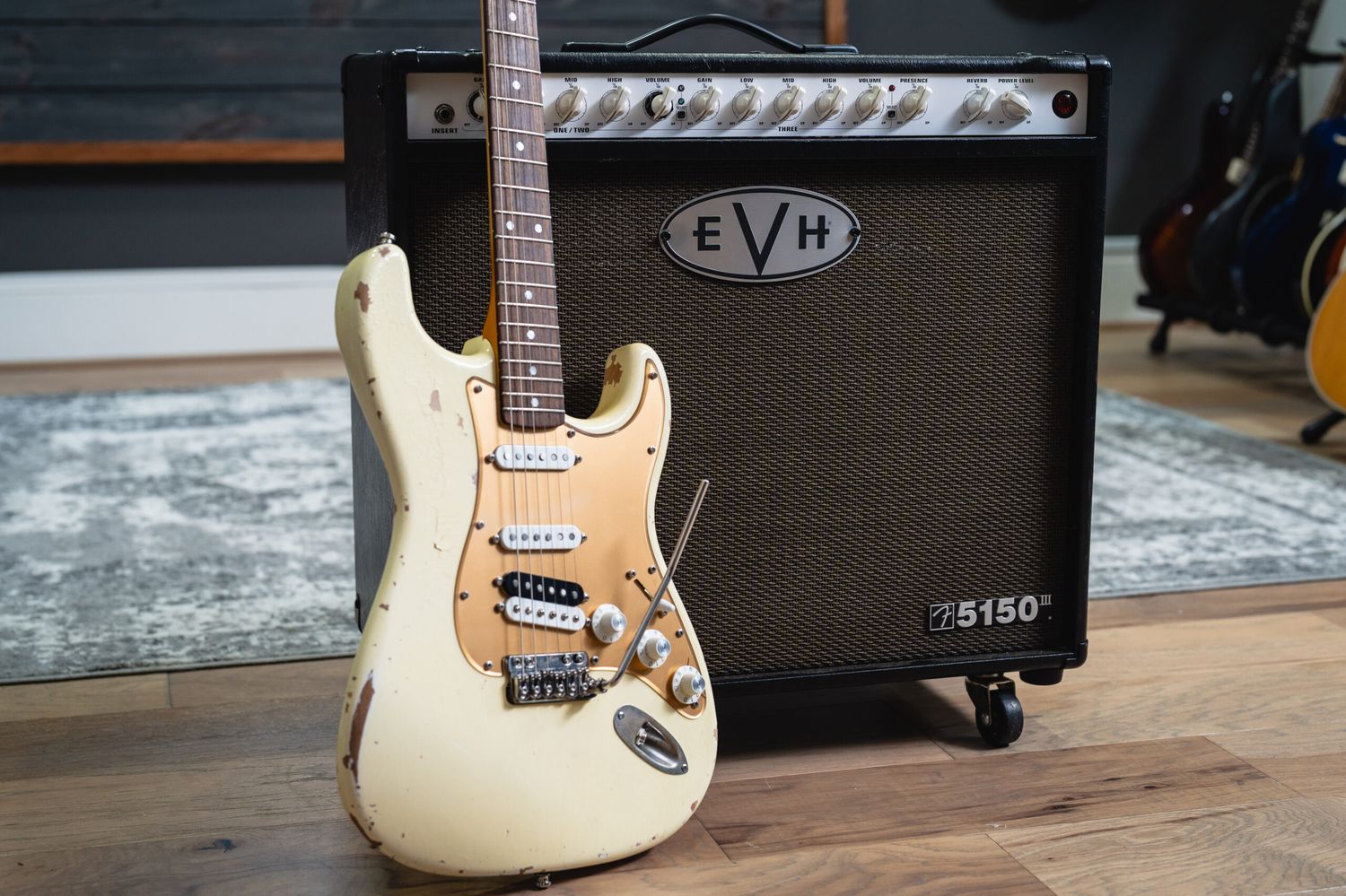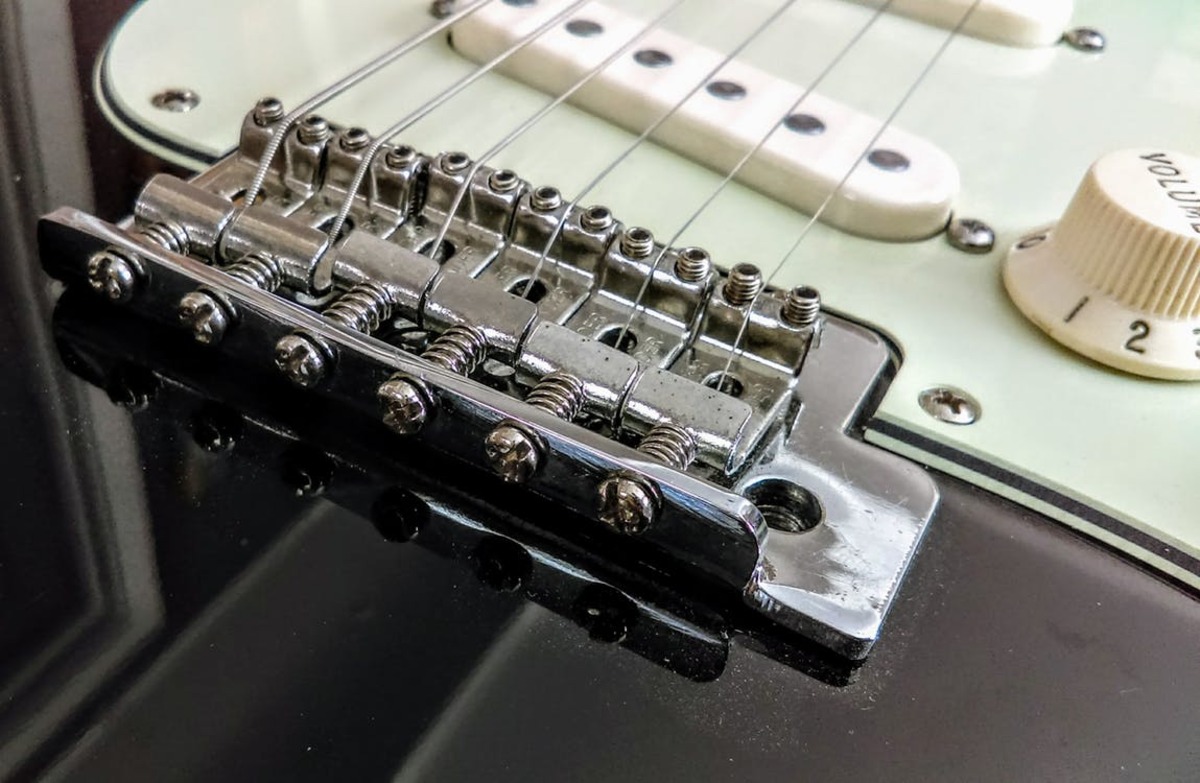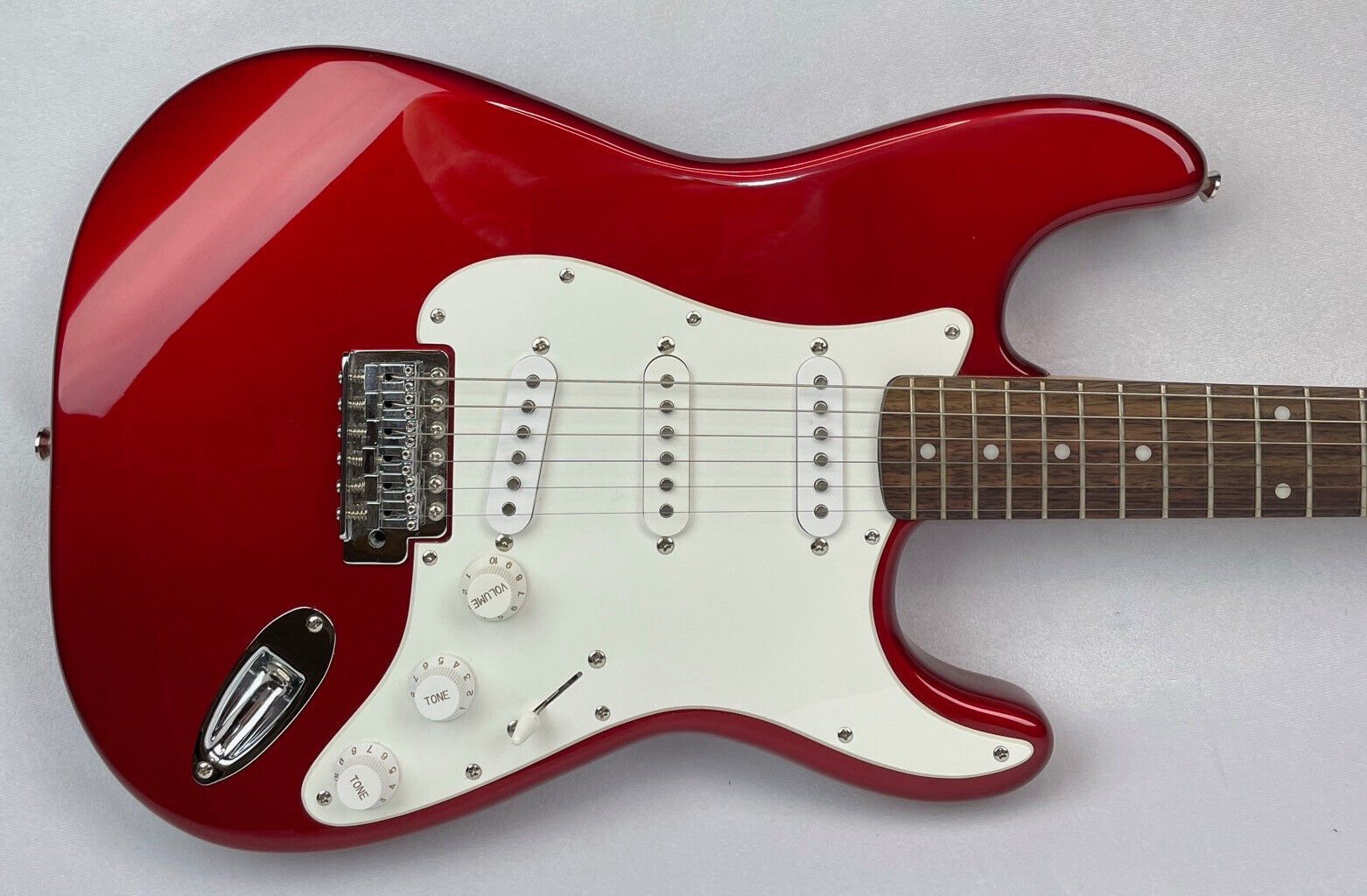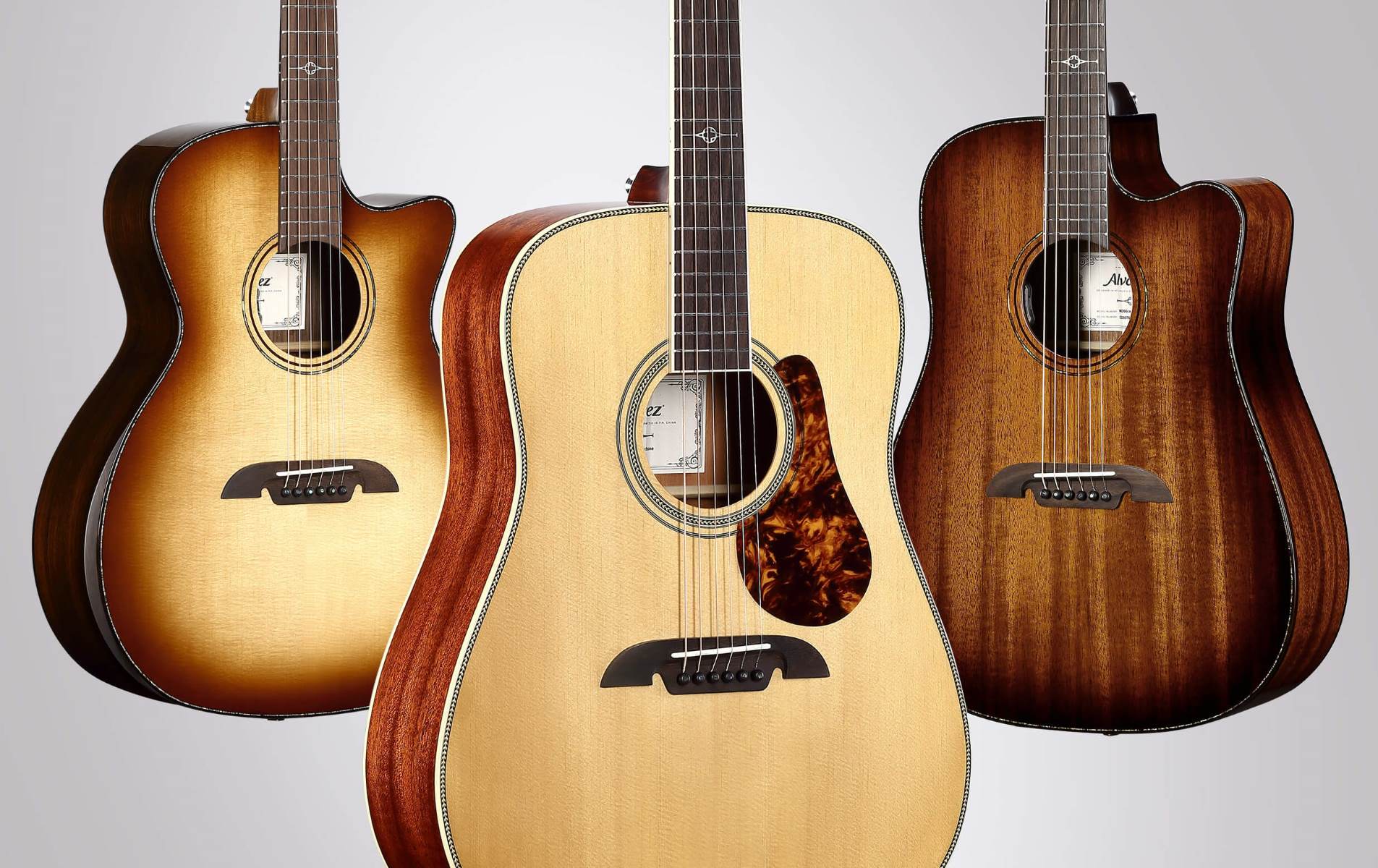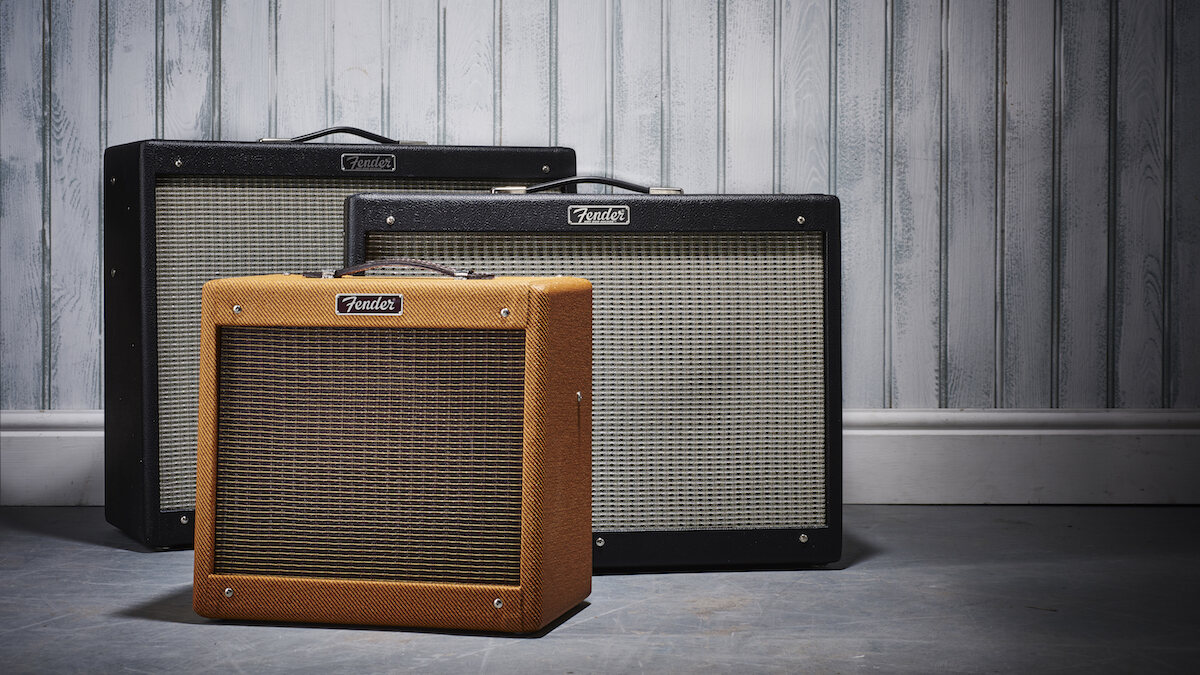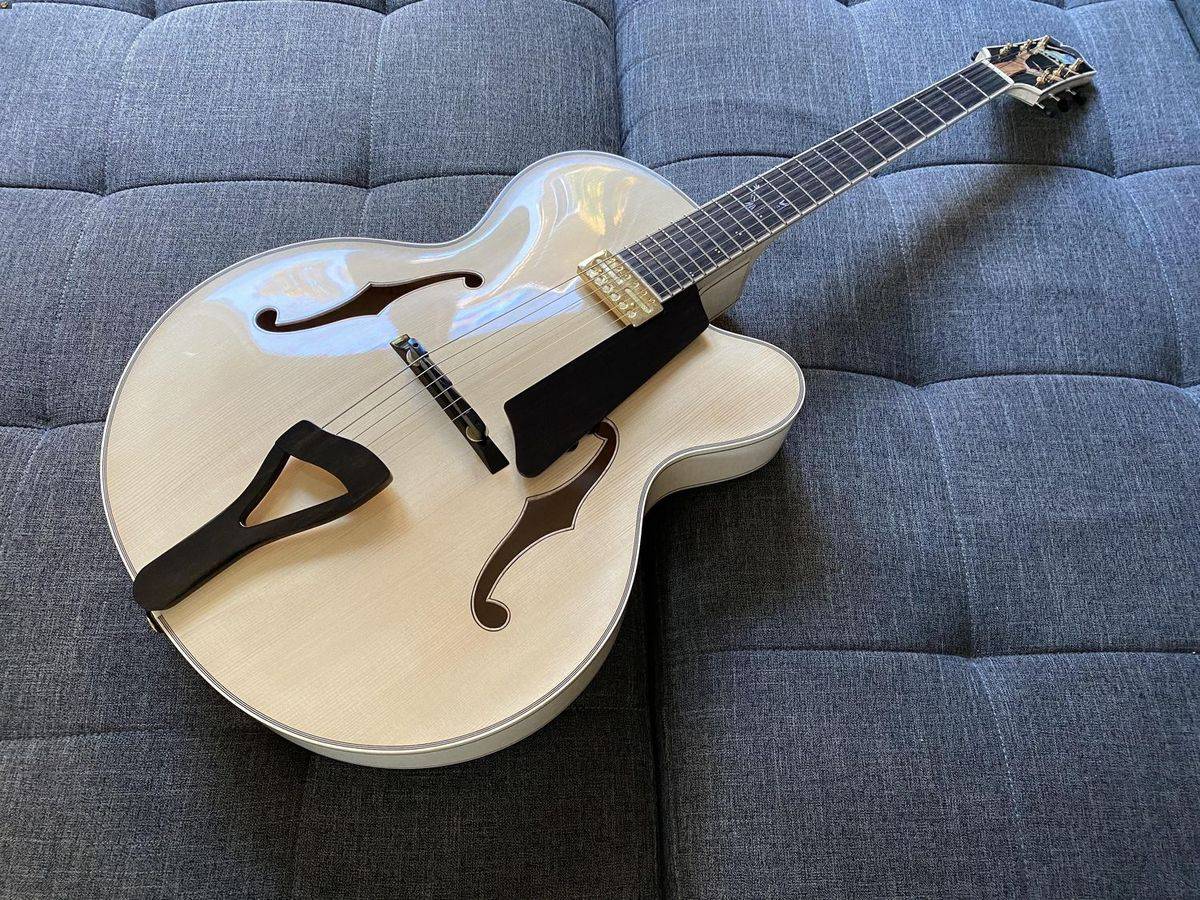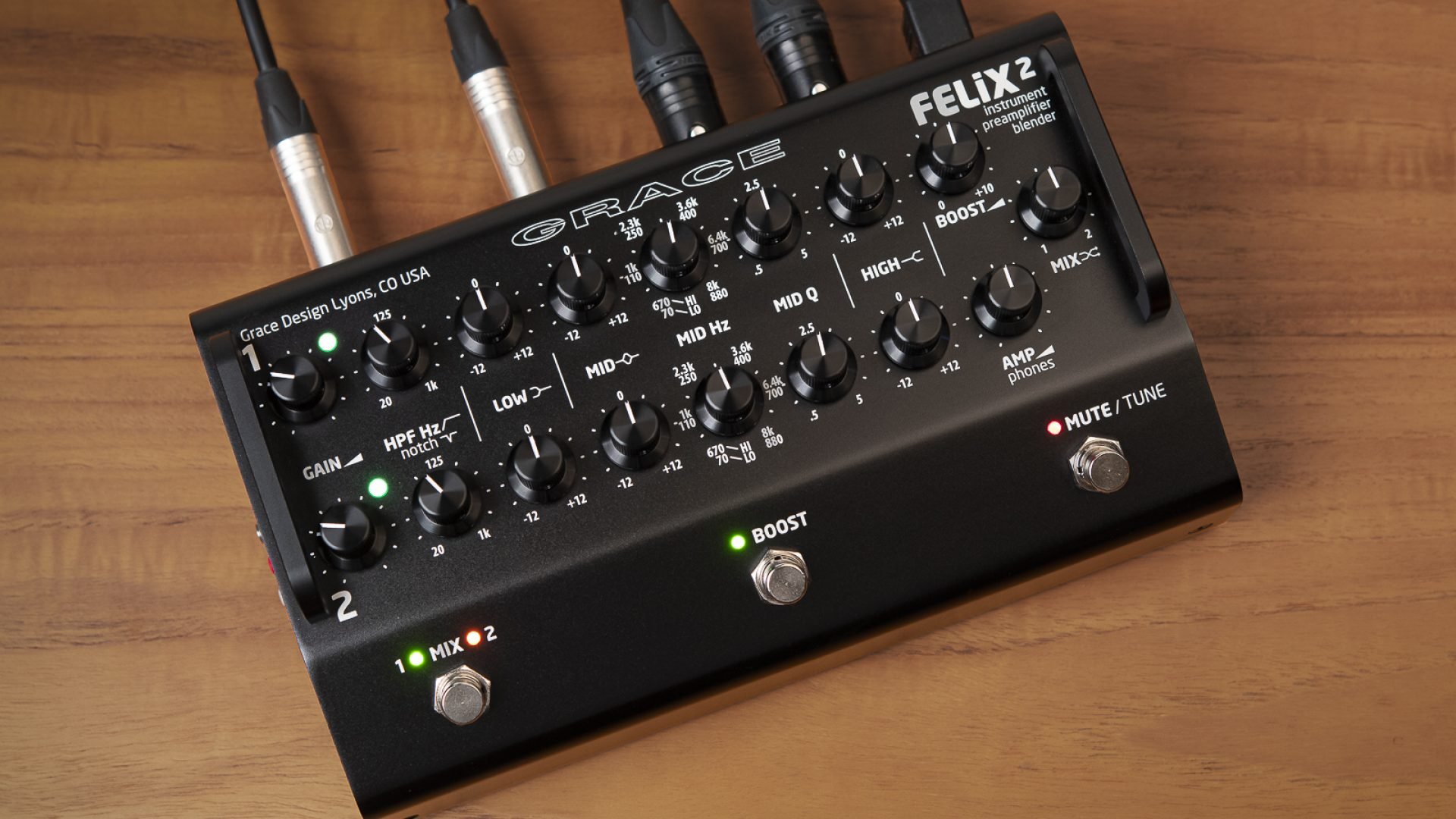Home>Instruments>Guitar>What Is A Fret On A Guitar
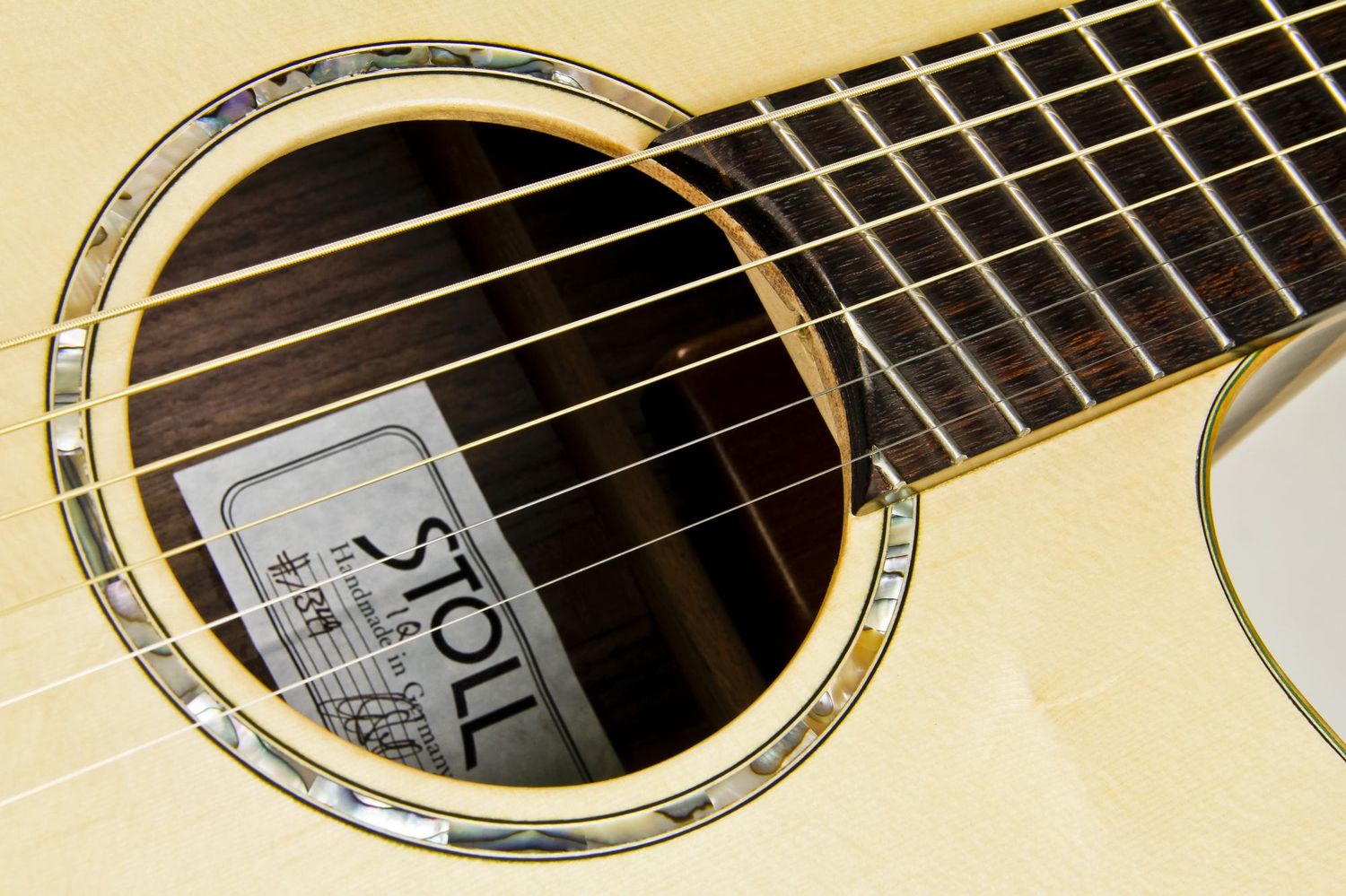

Guitar
What Is A Fret On A Guitar
Published: February 15, 2024
Learn about the significance of frets on a guitar and their role in producing different notes and chords. Understand the basics of fretting and its impact on your guitar playing.
(Many of the links in this article redirect to a specific reviewed product. Your purchase of these products through affiliate links helps to generate commission for AudioLover.com, at no extra cost. Learn more)
Table of Contents
Introduction
Welcome to the fascinating world of guitars, where every component plays a crucial role in shaping the instrument's sound and playability. Among these components, frets stand out as essential elements that significantly influence a guitar's sound and playability. In this article, we'll delve into the world of guitar frets, exploring their definition, purpose, types, and the impact they have on playing the instrument.
Frets are an integral part of the guitar, serving as the foundation for creating different pitches and notes. Understanding the significance of frets is essential for both aspiring and seasoned guitarists, as it directly impacts the way the instrument is played and the sounds it produces.
As we embark on this exploration, we'll uncover the intricacies of frets, shedding light on their diverse types and the ways in which they shape the guitar-playing experience. Whether you're a guitar enthusiast, a budding musician, or simply curious about the inner workings of this beloved instrument, join us on this enlightening journey through the world of guitar frets.
Definition of a Fret
In the realm of guitars, a fret is a raised element found on the neck of the instrument, typically made of metal. These raised strips are positioned perpendicular to the strings and are embedded into the fingerboard, serving as markers for different musical notes. When a guitarist presses a string against a fret, it shortens the vibrating length of the string, effectively altering the pitch and producing specific musical tones.
Each fret divides the fingerboard into distinct sections, with the area between two frets representing a specific musical interval. The placement of a guitarist’s fingers on the fretboard, in conjunction with the strumming or plucking of the strings, allows for the creation of various notes and chords.
The term “fret” also refers to the spaces between the metal strips on the fingerboard. For example, when a guitarist refers to playing a note “behind the third fret,” it means positioning the finger just before the third metal strip, which alters the string’s length and produces a higher pitch. This mechanism forms the basis of how frets facilitate the production of different musical tones on a guitar.
Furthermore, the number of frets on a guitar varies depending on the instrument’s design. While acoustic guitars typically feature around 19 to 20 frets, electric guitars often have 21 to 24 frets, allowing for a broader range of notes and higher pitches.
In essence, frets are fundamental to the functionality of a guitar, enabling musicians to navigate the fingerboard with precision, produce diverse musical tones, and create harmonious melodies and chords.
Purpose of Frets on a Guitar
The primary purpose of frets on a guitar is to facilitate the accurate production of musical notes and chords. By dividing the fingerboard into specific intervals and providing reference points for finger placement, frets enable guitarists to create harmonious sounds with precision and consistency.
One of the key functions of frets is to shorten the vibrating length of the strings when pressed, thereby altering the pitch of the notes produced. This mechanism allows for the creation of different musical tones, forming the foundation for playing melodies, scales, and chords on the instrument.
Moreover, frets serve as visual and tactile guides for guitarists, aiding them in navigating the fingerboard and locating specific notes and positions with accuracy. Whether playing intricate solos or complex chord progressions, the presence of frets enhances the playability of the guitar, empowering musicians to explore a wide range of musical expressions.
Additionally, frets contribute to the intonation of the guitar, ensuring that each note played at a specific fret yields the correct pitch. This precision is essential for achieving a balanced and harmonious sound across the entire fretboard, allowing for seamless transitions between different notes and chords.
Beyond their technical functions, frets also play a symbolic role in the aesthetic and identity of the guitar. The distinct pattern of frets on the fingerboard contributes to the visual appeal of the instrument, adding to its allure as a musical and artistic creation.
In essence, the purpose of frets on a guitar extends beyond their physical presence, encompassing their role in enabling musical expression, enhancing playability, and contributing to the overall sonic and visual experience of the instrument.
Types of Frets
When exploring the world of guitar frets, it’s essential to understand the various types that contribute to the instrument’s versatility and playability. While the fundamental function of all frets remains consistent, differences in materials and construction give rise to distinct types that impact the guitar-playing experience.
1. Standard Metal Frets: The most common type of frets found on guitars is made of metal, typically composed of nickel-silver or stainless steel. These frets offer durability and resilience, allowing for prolonged use without significant wear. Their smooth surface facilitates seamless finger movement along the fingerboard, contributing to a comfortable playing experience.
2. Vintage-style Frets: Vintage guitars often feature smaller and narrower frets, reflecting the design preferences of earlier eras. These frets impart a distinct feel and tonal response, appealing to musicians seeking a classic, retro sound and playing experience.
3. Jumbo Frets: In contrast to vintage-style frets, jumbo frets are characterized by their larger dimensions, offering extended width and height. This type of fret provides enhanced sustain and facilitates effortless string bending, catering to the preferences of players who prioritize expressive techniques and a robust, resonant sound.
4. Stainless Steel Frets: Known for their exceptional durability and resistance to corrosion, stainless steel frets have gained popularity among guitarists seeking long-term reliability and minimal maintenance. These frets exhibit a bright and articulate tonal character, contributing to clarity and definition in the instrument’s sound.
5. Fretless Guitars: While not a type of fret in the traditional sense, fretless guitars, such as fretless bass guitars and some electric guitars, feature a smooth fingerboard without raised frets. Musicians who opt for fretless instruments rely on their finger placement and muscle memory to produce accurate pitches, allowing for fluid and nuanced expression through slides, glissandos, and microtonal inflections.
Each type of fret carries distinct characteristics that influence the tactile feel, tonal response, and playability of the guitar. Understanding these variations empowers guitarists to select instruments tailored to their playing style and sonic preferences, enriching their musical journey with diverse tonal possibilities and expressive capabilities.
How Frets Affect Guitar Playing
The presence and characteristics of frets exert a profound influence on the playing experience and musical expression of guitarists, shaping the instrument’s tonal palette, playability, and sonic versatility.
1. Tonal Precision: Frets play a pivotal role in achieving precise intonation and accurate pitch across the fretboard. By providing designated points for finger placement, frets enable musicians to produce consistent notes and chords, ensuring harmonic accuracy and tonal clarity.
2. Playability and Technique: The type and dimensions of frets significantly impact the tactile feel and responsiveness of the guitar. Smaller frets, such as vintage-style frets, may offer a more subtle and nuanced playing experience, while jumbo frets provide enhanced string bending capabilities and facilitate expressive techniques such as vibrato and slides.
3. Tonal Character: Different types of frets contribute distinct tonal characteristics to the guitar’s sound. Stainless steel frets, for example, are known for their bright and articulate tonal qualities, adding clarity and definition to notes, while vintage-style frets may impart a warmer and more mellow sonic profile.
4. Expressive Techniques: The presence of frets influences the execution of expressive playing techniques. Guitarists leverage frets to execute vibrato, bends, and slides, utilizing the raised metal strips as anchor points for manipulating the pitch and infusing their performances with emotive nuances.
5. Extended Range and Creativity: Electric guitars with an increased number of frets, commonly 21 to 24 frets, expand the instrument’s range, enabling musicians to access higher notes and explore unconventional tonal territories. This extended range empowers guitarists to unleash their creativity and venture into uncharted musical expressions.
6. Adaptability to Playing Styles: The diverse types of frets cater to different playing styles and musical genres, allowing guitarists to tailor their instrument to suit their sonic preferences and technical demands. Whether seeking vintage warmth, modern precision, or expressive versatility, the choice of frets contributes to the adaptability of the guitar to varied musical contexts.
In essence, frets serve as a gateway to sonic exploration and expressive innovation, profoundly influencing the way guitarists interact with their instruments and articulate their musical visions. Understanding the impact of frets on guitar playing empowers musicians to harness the instrument’s full potential, embracing a rich tapestry of tones, textures, and playing experiences.
Conclusion
As we conclude our exploration of guitar frets, it becomes evident that these seemingly unassuming metal strips wield a profound influence on the instrument’s functionality, playability, and sonic identity. From their fundamental role in facilitating precise intonation to their impact on tonal character and expressive capabilities, frets stand as essential components that shape the guitar-playing experience.
By providing designated points for finger placement and altering the vibrating length of the strings, frets enable guitarists to navigate the fingerboard with precision, creating harmonious melodies, intricate solos, and resonant chords. The diverse types of frets, ranging from vintage-style frets to jumbo frets and stainless steel frets, offer a spectrum of tonal possibilities and tactile experiences, catering to the nuanced preferences and expressive inclinations of musicians.
Furthermore, the presence of frets symbolizes the harmonious fusion of artistry and engineering, as these raised metal strips not only guide the production of musical notes but also contribute to the visual allure of the guitar. The seamless marriage of form and function encapsulates the essence of frets as integral elements that transcend their utilitarian purpose, embodying the spirit of musical craftsmanship and creativity.
As guitarists embark on their musical odyssey, the significance of frets becomes woven into their sonic narratives, influencing the timbre of their performances, the fluidity of their techniques, and the boundless creativity they unleash through the instrument. Whether evoking the timeless warmth of vintage frets or embracing the modern versatility of jumbo frets, musicians harness the expressive potential of frets to articulate their musical visions and carve out sonic landscapes that resonate with emotion and artistry.
In essence, the world of guitar frets unfolds as a tapestry of innovation, tradition, and sonic exploration, inviting guitarists to embark on a journey where each fret becomes a gateway to new musical horizons. By understanding the nuances of frets and embracing their transformative influence, musicians embark on a harmonious partnership with their instruments, forging melodies that echo with the essence of fretted creativity.

